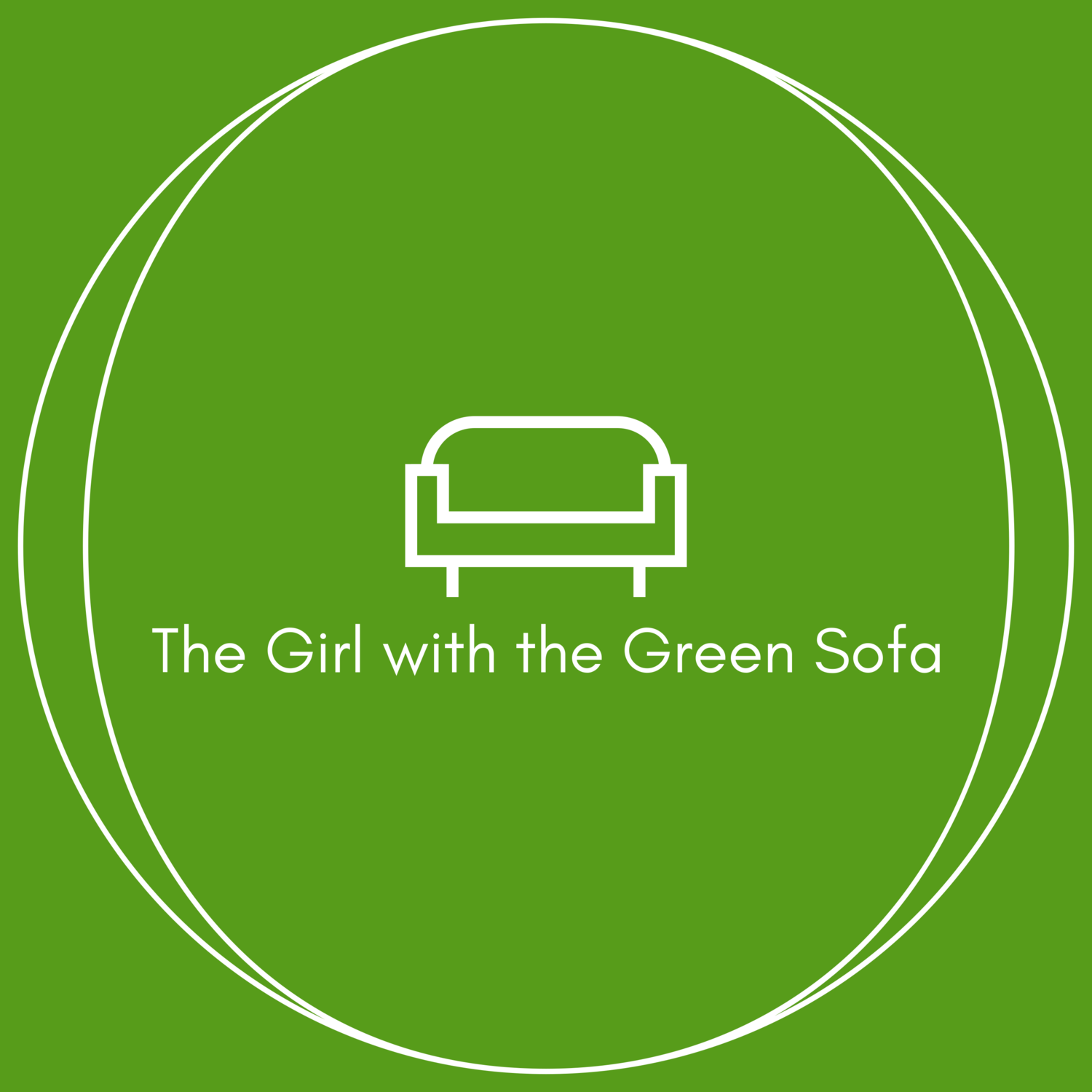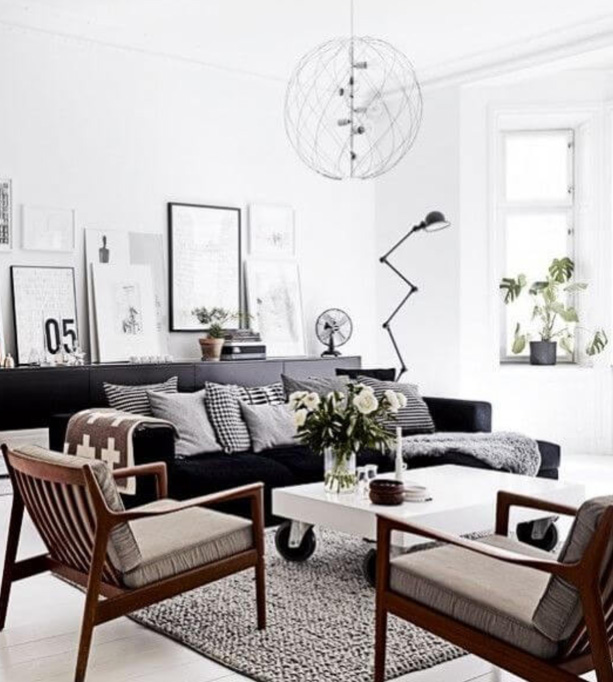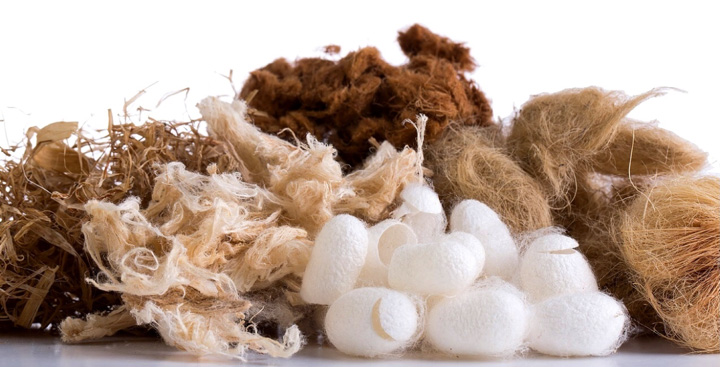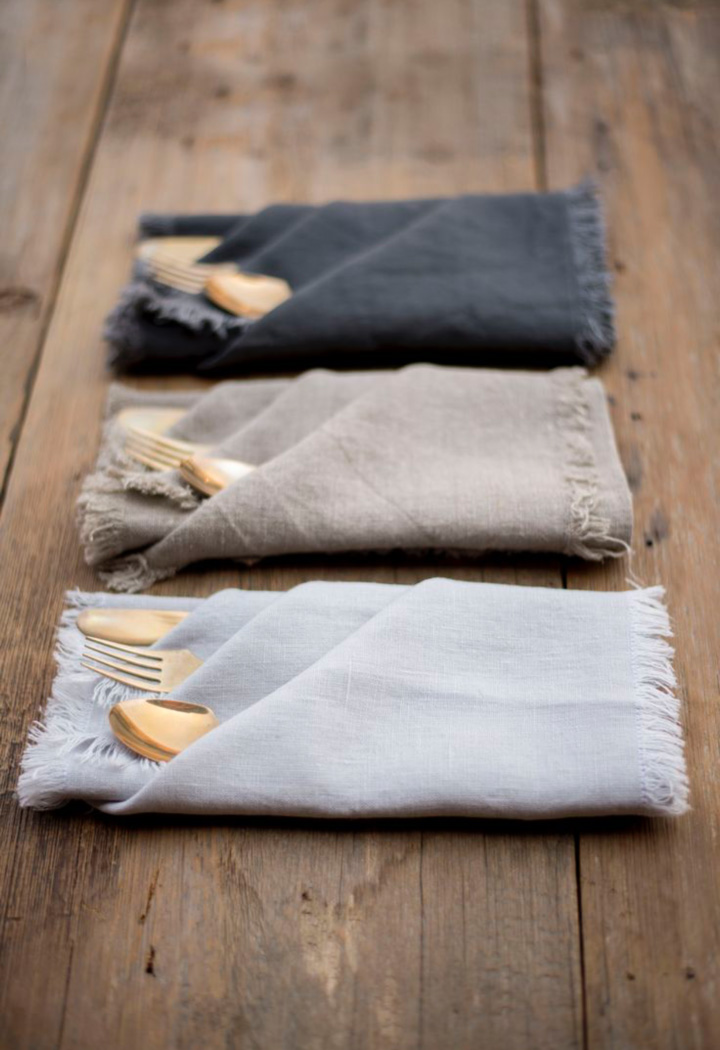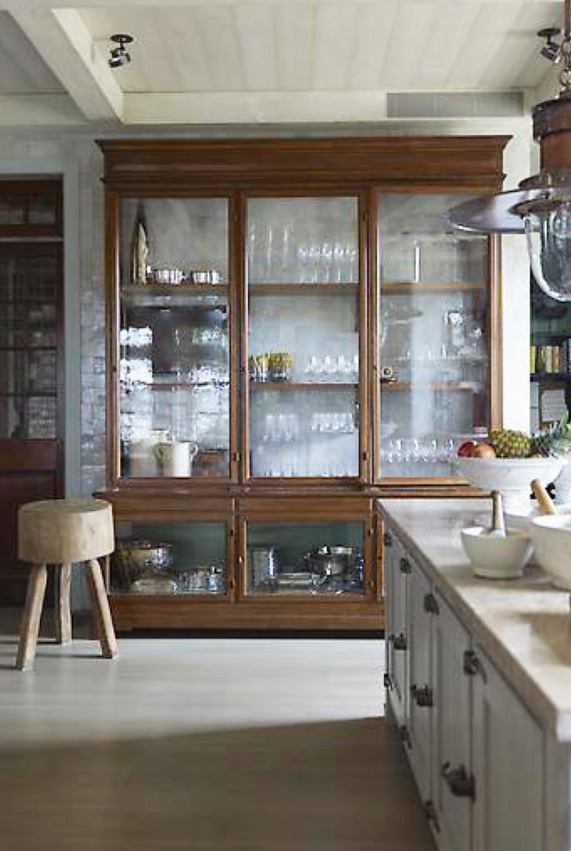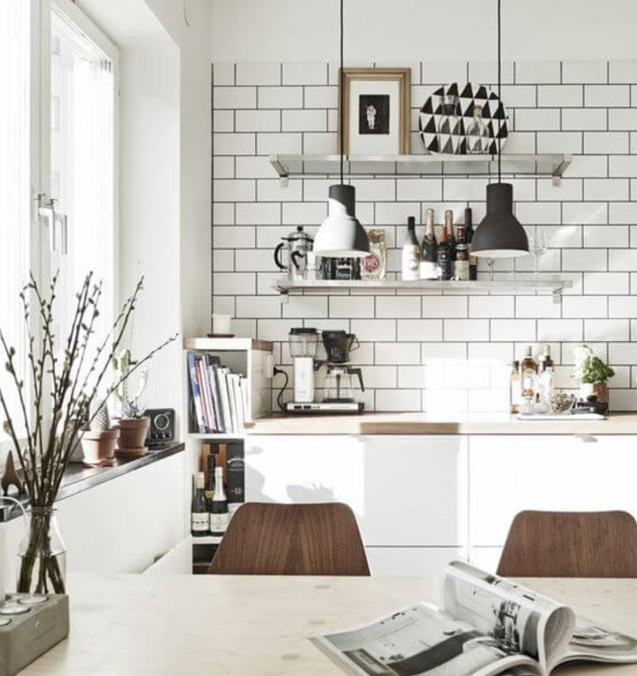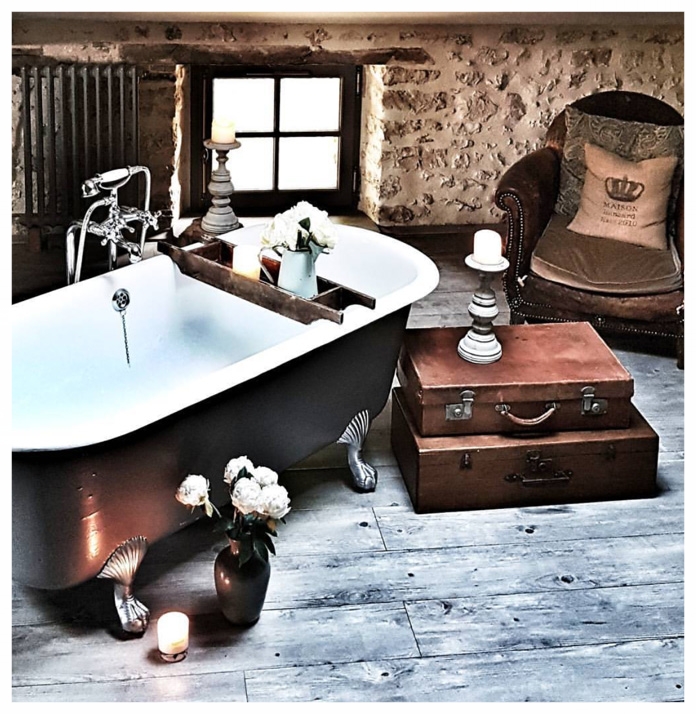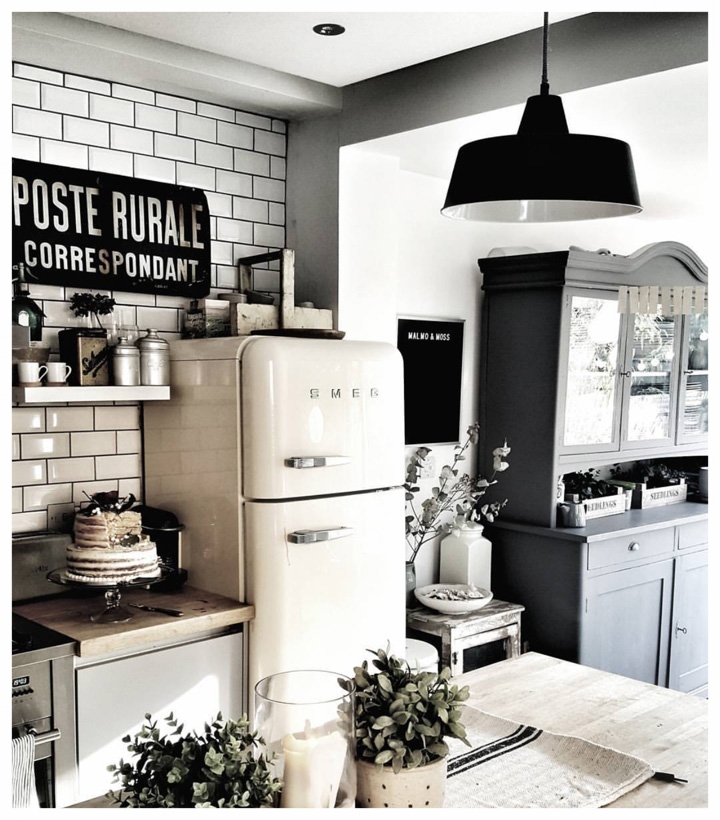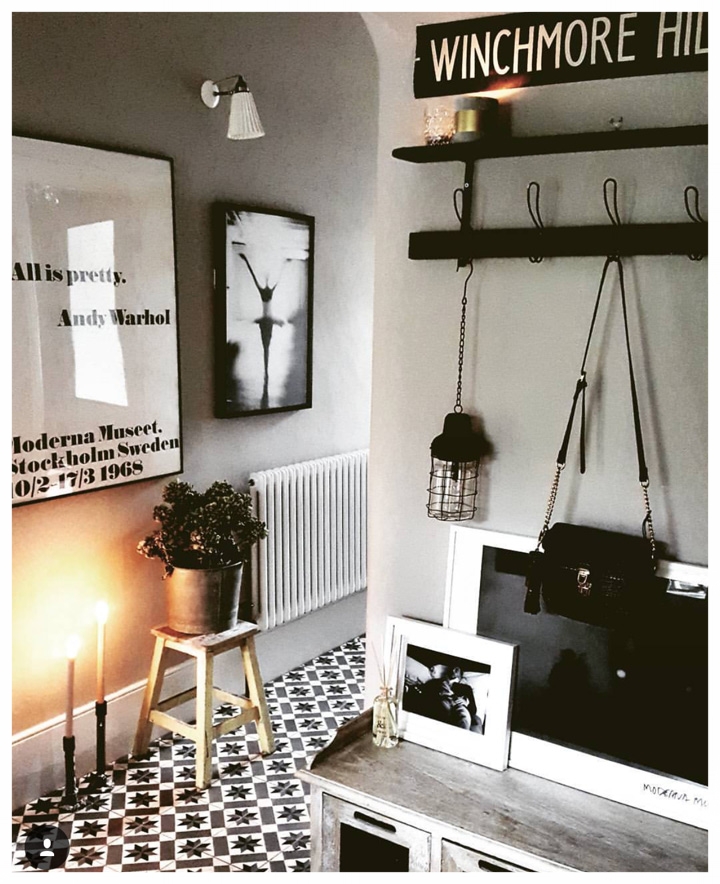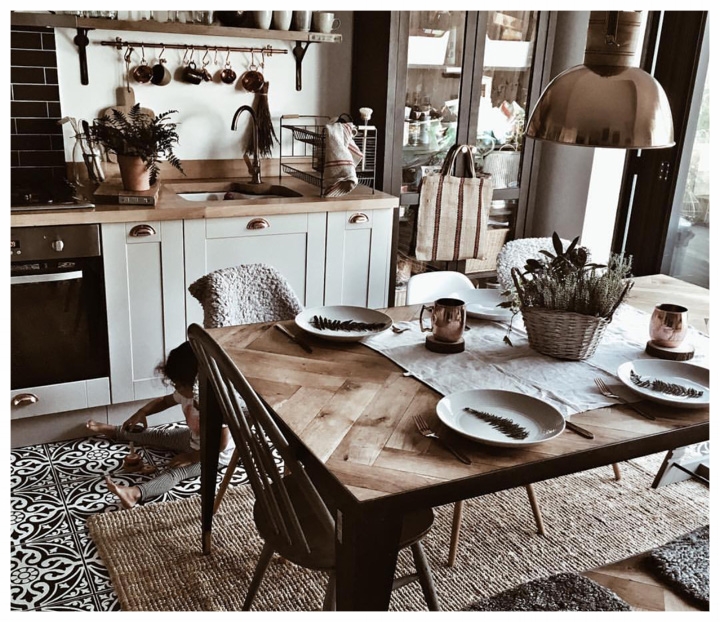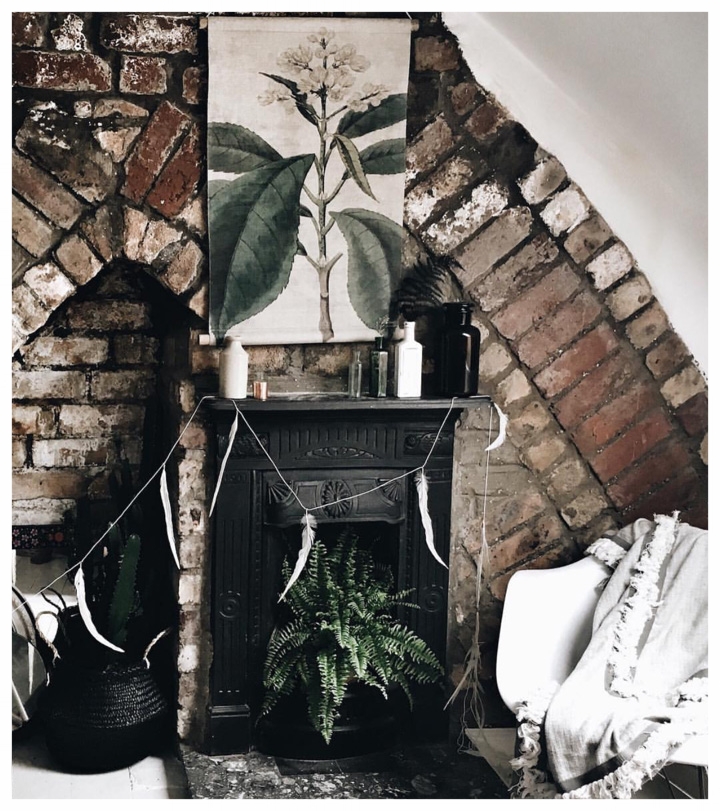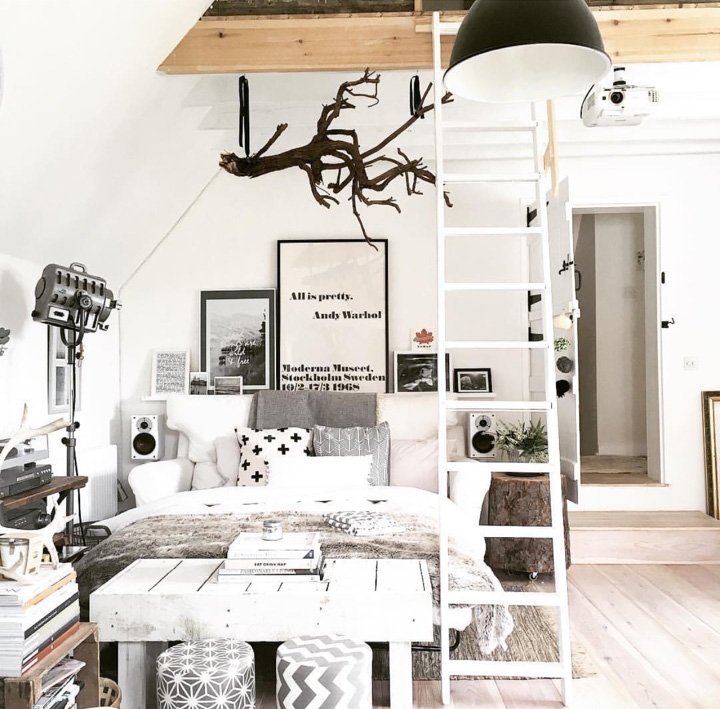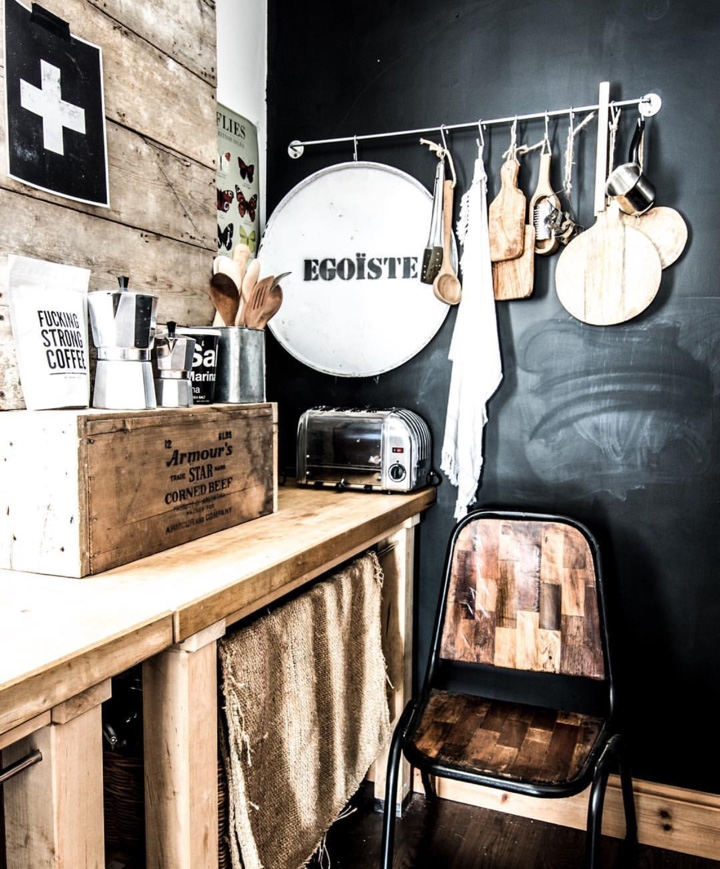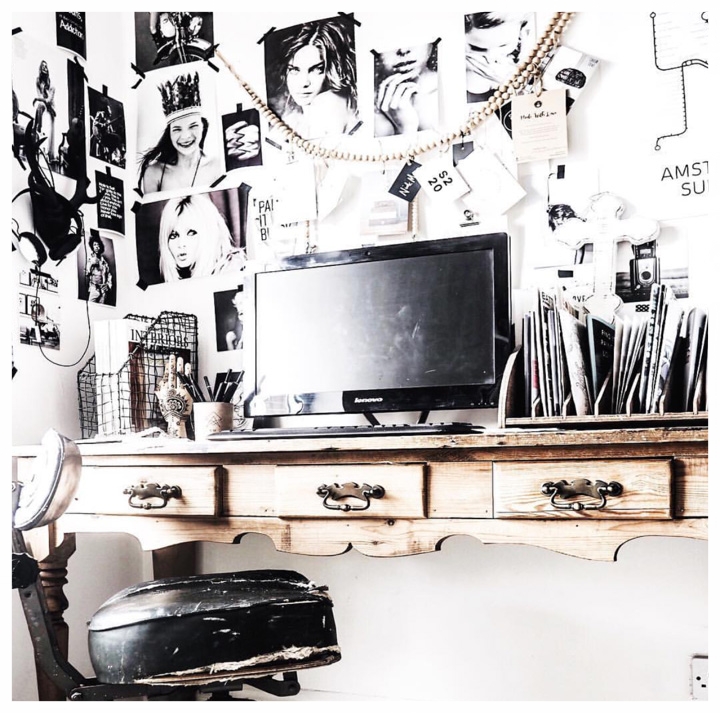How to achieve a Scandi Style
For a maximalist like me, Scandi style has never really been on my radar, I mean where do you put all the "stuff"? What happened to the colour? But actually, over the last year or so, I've learned to love the style, its grown on me slowly and now I'd even go so far to say that I would love to try it. Granted not in this house, but you know in a lottery winning moment where I get to have that second large home by the sea, I can see how a lovely rustic Scandi could work for me, especially if it involved lots of texture and a fair amount of black, grey and brown.
Although Scandi style is having a bit of a moment, it always will remain popular for homeowners, since its simplicity means it is often achievable on a budget. It's about creating that environment to relax in, to switch off from the modern world and to create a small haven away from it all. It’s about Hygge, a Danish and Norwegian word which can be described as a quality of cosiness and comfortable conviviality that engenders a feeling of contentment or well-being.
Scandinavian interiors are a balance of functionality and aesthetics; a blend of Sweden, Norway, Denmark and Finland styles, which result in spaces filled with light, heavily utilising natural elements, neutral colour palettes and clean lines. These environments evolved because winters in these countries are so long, meaning little daylight and the need for bright and airy, yet cosy homes.
There isn't just one Scandi style, but certain elements that are recognised as typical to the aesthetic. Not everything has to match either and many homes mix elements of the traditional and vintage with cleaner lines.
Credit for Top Photo:livingroomideas.eu
Photo Credit: Image from Apartment Therapy
Photo Credit: livingroomideas.eu
Natural Colours
Scandi style is about being inspired by nature, so think whites, creams, beiges, browns, blacks. Painting your home entirely in bright white colour, will not achieve the rustic Scandi look, however, since it will be too stark and lack the cosiness you are trying to achieve. If you choose to use a white pallet all over your home you will most likely have to up the texture. Choose complimenting shades, warmer whites if in a north facing room, or add colour and texture in your furnishings.
Grey is fast becoming a popular neutral, a move away from other paler colours, a colour that is easy to work with in interiors. Have you read the coffee table book "50 shades of grey" by Kate Watson Smyth? You will see why grey has become the go to neutral to add to any scheme.
Black is also regularly used to anchor the room and highlight the feature of choice, possibly even a wall.
Scandi style can be about vibrant colour and fun patterns. Modern Scandinavian patterns usually have bold colours and graphic, high contrast styles, like the oversize prints and patterns from the Finnish company Marimekko. Scandinavian style has a long history, traditionally marked by simplicity, bright whites, natural wood tones, folk style ornamentation, and colour washed furnishings and trims. Hues of medium blues, bright reds, and pleasant greens, pinks, and yellows are common throughout Scandinavian design.
But, if colour is not for you stick to natural colours, discussed above and you can't go far wrong.
Texture and Materials
Mixing and matching textures and materials bring nature into the home and that restful vibe that the style is best known for.
Natural textures such as wool in throws and blankets, linen in bedding, table cloths and napkins, sisal and cowhide rugs, sheepskins and reindeer throws, wood and leather all used widely in the Scandi home.
Wood
This style relies heavily on the use of wood, largely due to an appreciation of the material readily available in nature. Wood can range from light beech to a more rustic vintage look. Think old apple crates, old butchers blocks and kitchen benches, wooden shelves.
Photo Credit:modvintagelife.blogspot.co.uk. designed by S.R. Grambel
Leather
One of the most used materials in the Scandi countries, leather brings a lovely contrast to lighter walls, the patina of aged leather adding a great textural element to a room.
Photo Credit: Vintageindustrialstyle.com
Lighting
Since light is so important, window designs are kept to a minimum and usually dressed in a soft light material. Lights play a key role with table and floor lights and candles regularly interspersed to give a lovely warm glow to the room.
Photo Credit:Image via Homeedit.
Liveabiity and Function
Leaving everything out in the open, open shelving plays a large role in Scandi Style, this work especially well in a kitchen where open shelving works really well with mismatched crockery and vintage items.
Photo Credit:Image via decor dots
Photo Credit: Line Kay for Hale Mercantile Co
Plants and Foraged
A great way to bring the outside in, and know all about the benefits of plants on our environment, our air. If like me you have a tendency to kill plants regularly, perhaps nip out with some pliers and find some ivy or berries growing nearby, or some rosemary or herbs to put in a vintage planter, . It doesn't really matter how you bring greenery into your home, so long as you do, as it adds so much to any interior scheme.
Photo Credit @kinship_creativedc
Photo Credit:thelovelydrawer.com
Photo Credit: thelovelydrawer.com
So, there you go, a brief look at some of the elements used in creating a "Scandi" home, naturally open to interpretation, depending on whether you aspire to a more rustic Scandi or to a cleaner lined "Scandi" perhaps with some high end furniture such as a Hans Wegner Chair. The good thing about this look is you can interpret according to your budget.
Photo Credit:myscandanavianhome.com
Photo Credit:livingroomideas.eu
Here are some of my favourite instagram Scandi Homes.@vintagecuratorhouse, @malmo_and_moss, @hygge_for_home, @theozunatribe, @kateyoungdesign
The Girl with The Green Sofa

